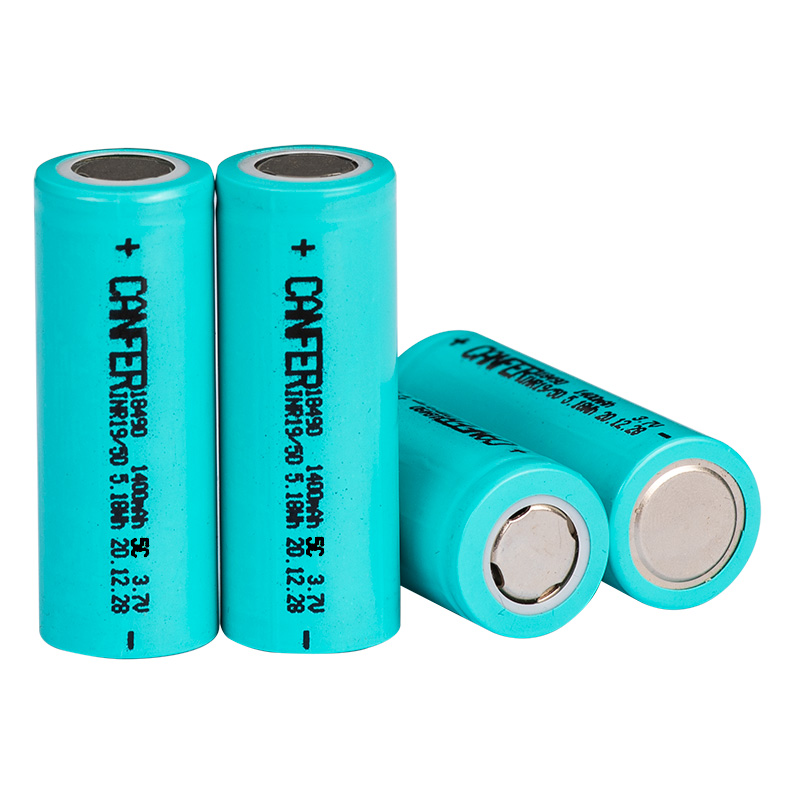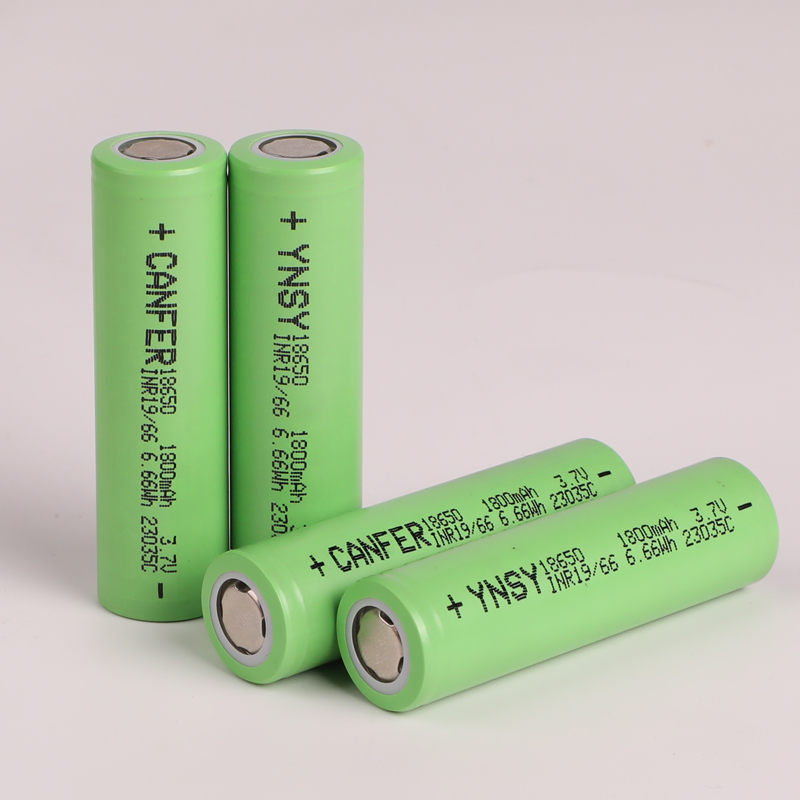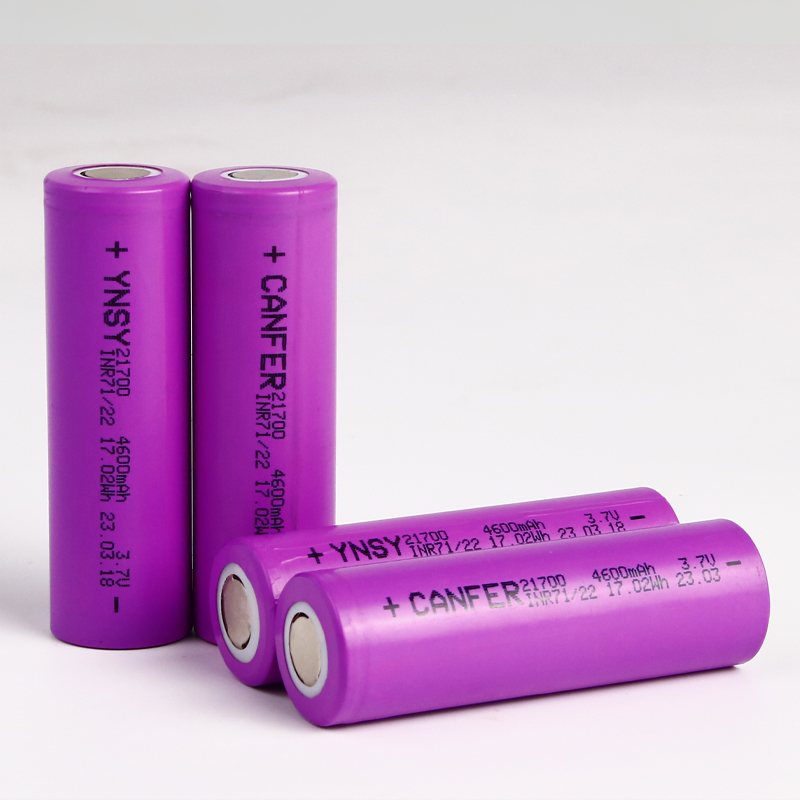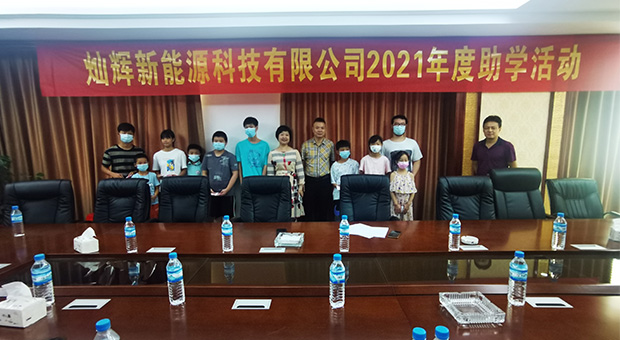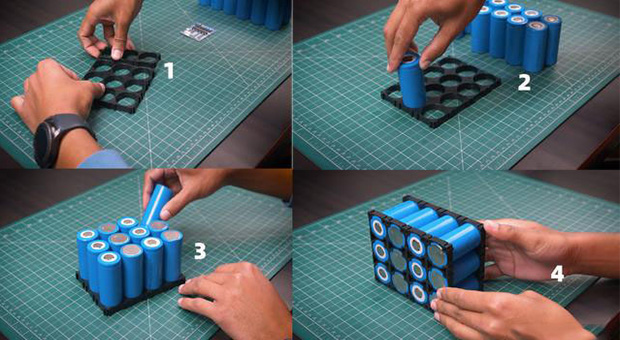Canhui New Energy Technology Co., Ltd | Clicks:859 | 2021-08-13
Precautions and daily maintenance for lithium batteries
1. Precautions for charging lithium-ion batteries:
It is strictly forbidden to charge the lithium-ion battery from the discharge terminal, and must be charged from the charging socket with a special charger. When the charging indicator pole on the charger stops rolling, please unplug the charging plug in time to avoid overcharging the battery.
2. Discharge precautions:
Lithium-ion battery packs have overcurrent protection. When the current used by the electrical equipment exceeds the maximum output current of the product, the overcurrent protection circuit operates, and the electrical equipment does not seem to work normally.
3. Precautions for daily use:
The output of the discharge terminal is not controlled by the switch on the panel, only when the battery voltage is lower than 9.0V, the discharge terminal will turn off the output. A switch on the panel controls the display and output from the USB socket. When the switch is turned on and the battery voltage is 9.1V, the display will flicker at a frequency of one second on and one second off, reminding you to charge in time. When the battery voltage is 9.0V, the display screen goes out, and the USB socket turns off the output to protect the lithium-ion battery from over-discharging. Although there is an output short-circuit protection function, frequent short-circuits should not be used in daily use.
4. Recycling precautions:
The normal cycle charge and discharge times of lithium-ion batteries are about 500 to 800 times, and lithium-ion batteries should be recycled according to local laws at the end of their service life.
5. The use environment and maintenance methods of lithium-ion batteries:
The charging temperature of lithium-ion batteries is 0 to 45 degrees Celsius, and the discharge temperature is -20 to 60 degrees Celsius.
It should be in a clean, dry and ventilated environment, avoid contact with corrosive substances, and keep away from fire and heat sources;
The lithium-ion battery pack has no memory effect and can be charged as needed, but it should be noted that the lithium-ion battery cannot be over-discharged, which will cause a large capacity loss;
Do not mix the battery with metal objects, lest the metal objects touch the positive and negative terminals of the battery, causing a short circuit, damaging the battery, or even causing danger;
Avoid frequent overcharging, which will cause the internal temperature of the battery to rise to a very high level, which is harmful to both the lithium-ion battery and the charger. So, one full charge is enough to turn your Li-ion battery into a little bomb.
Summary: The battery is a consumable, and its service life is certain (the number of charge and discharge is usually 300-500 times), so mastering the correct use method is the secret to prolong the battery life.
6. Correct use of battery maintenance for lithium-ion battery packs:
Charging: The safe operating voltage range of lithium batteries is 2.8~4.2V, and the lithium ions in batteries below or above this voltage range become very unstable and even cause accidents. In order to keep the battery within a safe range, a special charger is required.
Lithium-ion batteries need to be charged and discharged every three months to restore their original performance.
Before using lithium-ion batteries, it is necessary to check whether they meet the load requirements. If they cannot handle the load or are used at high currents (over 1C), the batteries will be damaged or have a shortened lifespan.
Pre:None

 +86-13318055659
+86-13318055659
